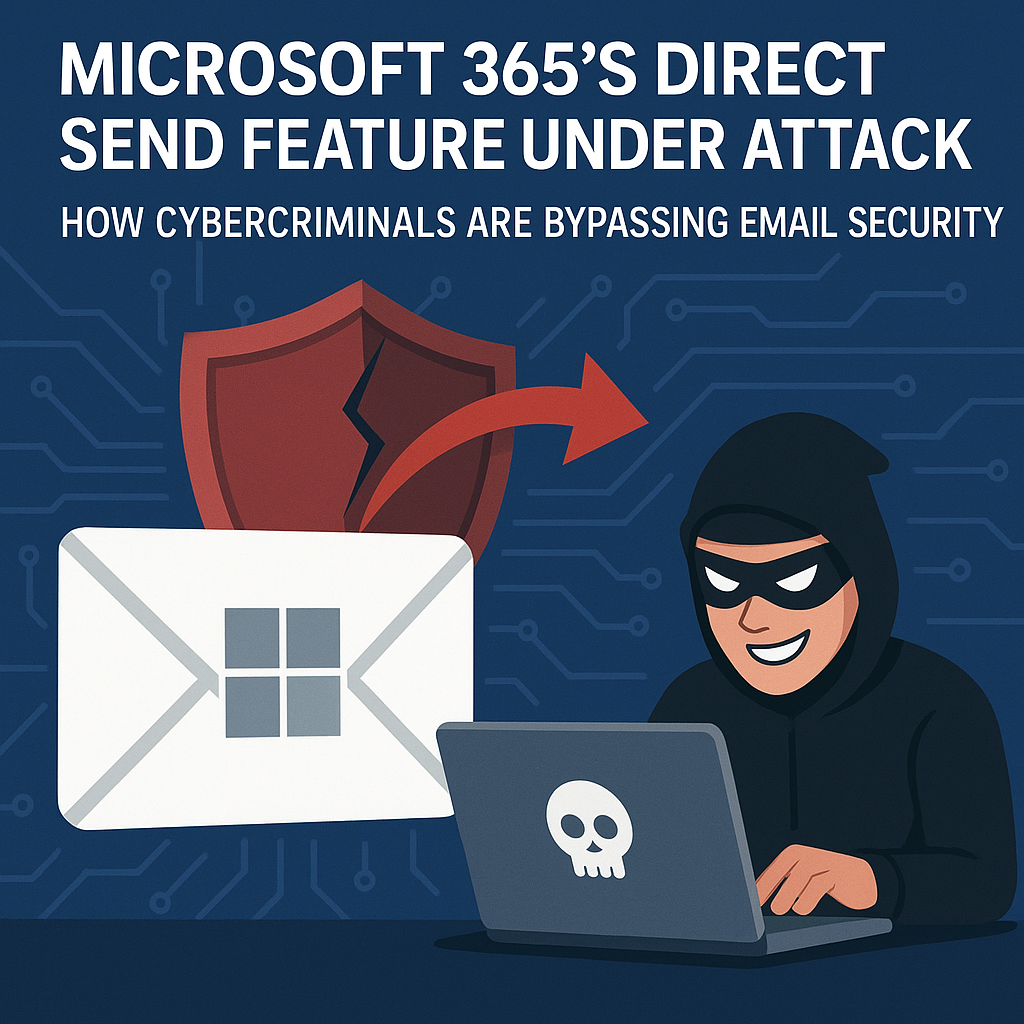
Email Security Bypass: Risks, Common Vectors, and How to Defend
Email security bypass occurs when attackers evade protections like spam filters, DMARC, DKIM, or gateway scanning to deliver malicious messages. Threat actors use tactics such as spoofed display names, compromised legitimate accounts, business email compromise (BEC), and cleverly obfuscated payloads to slip past defenses. Successful bypasses enable phishing, fraud, and malware delivery with higher trust and impact. To reduce risk, organizations should enforce strong email authentication (SPF/DKIM/DMARC), enable advanced threat detection (URL and attachment sandboxing), apply multi-factor authentication, and monitor account behavior for anomalies. Regular user training and simulated phishing tests further harden defenses against evasive email attacks.
